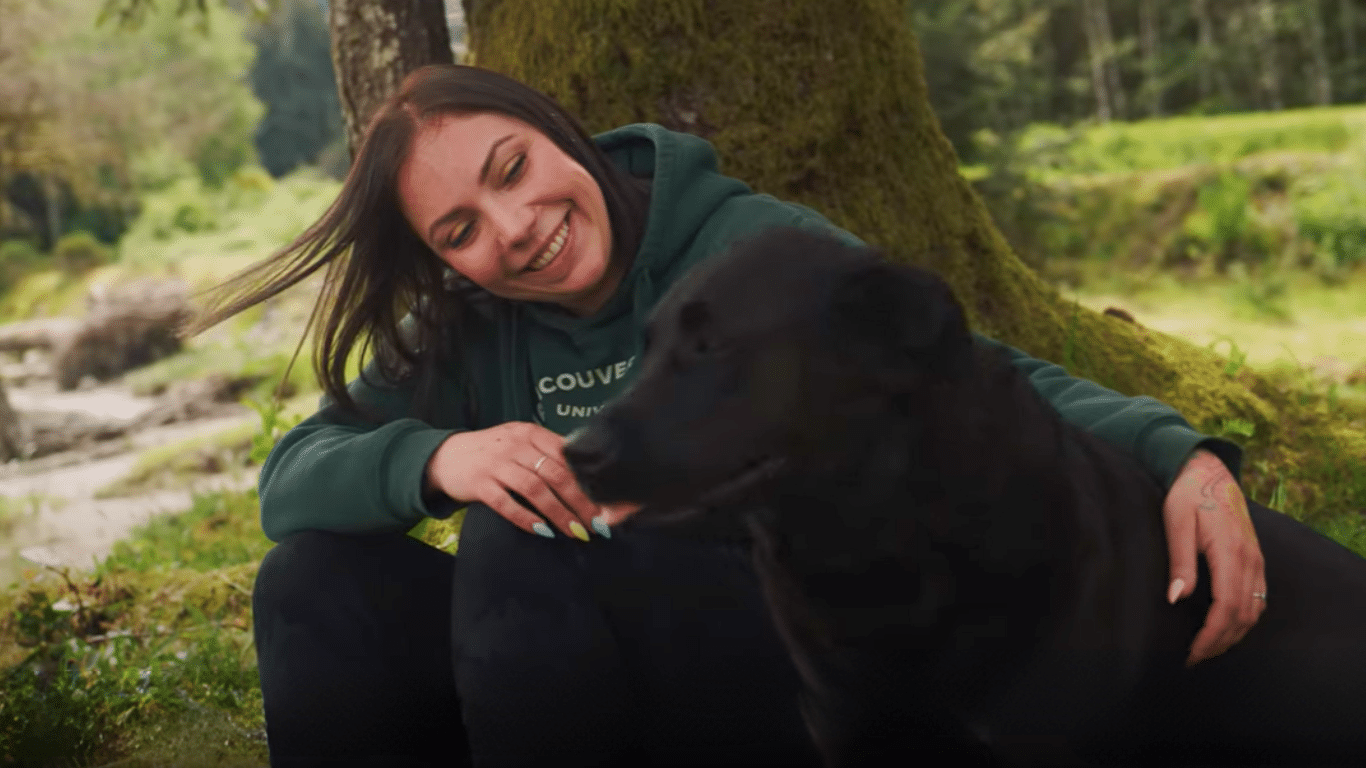After ten years of marriage without success in conceiving, the Altizers turned to adoption. They explored options with both the Ministry of Children and Family Development and an adoption agency, but things didn’t unfold as they had hoped. Here, they share the highs and lows of their journey, the patience it took, and the unexpected twist that finally made their dream of having a family come true.
Can you tell us a little bit about your adoption journey?
In 2012, we looked into the Ministry of Children and Family Development, but the timing wasn’t right. A year later, we turned to an [adoption] agency. We went through the whole process—completed the home study, created our profile, and so on—but couldn’t get matched. After a few unsuccessful situations and the need to renew our profile at a considerable cost, I began to lose heart.
We had never looked into why we couldn’t have children biologically. So, we explored medical options and were advised to consider in vitro fertilization (IVF), but that, too, didn’t work out. After trying both adoption and IVF, we resigned ourselves to the idea of not having children.
In 2017, out of the blue, a friend contacted us about a potential adoption opportunity. Skeptical but willing, we shared our phone number. I didn’t believe anything would happen, but to our surprise, the birth mom reached out when she was three months pregnant. We kept the adoption mostly under wraps until after the birth, unsure if it would work out. Fortunately, everything fell into place. The day after our daughter was born, we shared the joyous news on Instagram. Our daughter is now five and a half and just started kindergarten in September.
Could you share a bit about your decision to have an open adoption and your experience with it?
An open adoption seemed like the most kind and positive approach for all parties involved.
The relationship with our daughter’s birth mom has been great. Throughout her pregnancy, we maintained constant communication. She even sent ultrasound pictures, and we met her a month before our daughter was born. When our daughter arrived, we stayed at the hospital for the first two nights, and afterward, we spent a whole week with her [the birth mom]. It was very difficult to leave, so I’m not sure if I would do it the same way again; but, since then, our relationship has evolved positively.
During a recent video call, she [the birth mom] expressed contentment with how everything has worked out. Our daughter is well aware of her background, and having open communication has facilitated a lot of things, like having easy access to important health information. Even learning about things like status cards and band interactions is easier because we can ask for help through simple texts. Overall, our open adoption has been a good experience for everyone involved.
How do you maintain and celebrate your daughter’s cultural heritage?
We are fortunate to live in Prince George, where there are a lot of resources and events that celebrate Indigenous culture. We actively participate in these events and engage in activities that promote a sense of pride in her heritage. Our daughter has her own ribbon skirt and a drum that she can bring to these events. Also, we connect with her birth family to learn more about her culture.
What’s your best bit of advice for families considering adopting?
Be patient. It’s a lengthy process, and there will be situations that may not work out. The home study process is huge. We had two wonderful and kind social workers conducting our study. However, it’s an intense experience for a couple, delving into potential issues and scrutinizing your past. It can be stressful, so it’s crucial for you and your partner to be on the same page.
Be realistic and stay committed. In our case, the wait was worth it. So, be patient and stay realistic- it pays off.
How has the Belonging Network made a difference to your family?
During the adoption home study, we had to complete the Safe Babies course quickly. Zoom wasn’t available then, so the Belonging Network team went out of their way to help. They arranged for a social worker to conduct the course over a phone call. The social worker not only covered the course material but also addressed specific concerns we had. Her guidance extended beyond the course. She offered advice on what to pack for the hospital and suggested books and toys. Her support was reassuring and surpassed our expectations, especially considering that we were keeping it somewhat secret from most of the people in our actual lives who could have provided support or advice.





